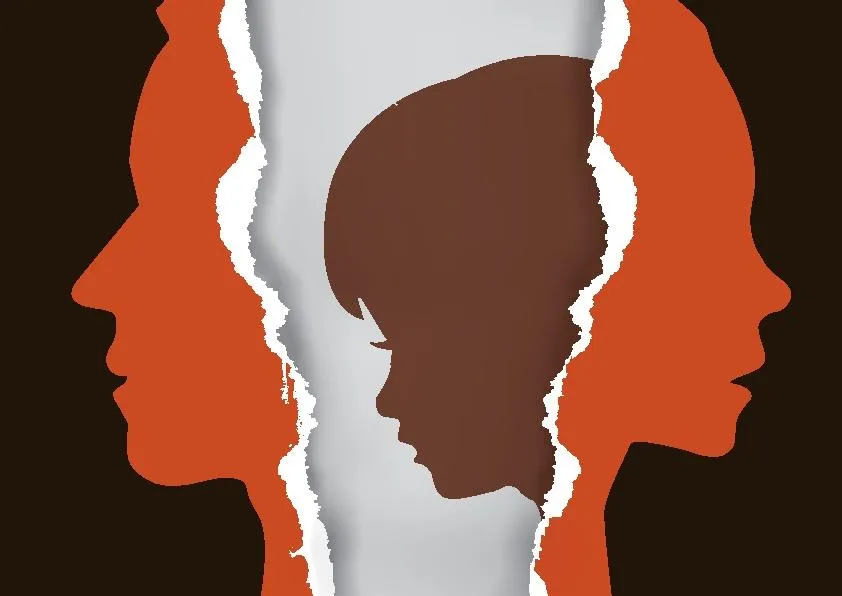
**The Unseen Consequences of the ‘Divorce Revolution’: 3 Vital Life Lessons**
As the world navigated the tumultuous landscape of societal change in the late 1960s and ’70s, a seismic shift occurred in the way we approached marriage. The introduction of no-fault divorce laws, starting with California’s groundbreaking legislation in 1969, fundamentally altered the fabric of our relationships. Dubbed the “Divorce Revolution,” this cultural phenomenon led to a doubling of divorce rates within just 15 years. As we reflect on the aftermath, three crucial lessons emerge from the ashes.
**Lesson 1: Love Alone Isn’t Enough**
For centuries, marriage was viewed as a duty-driven institution, with love playing a secondary role. This changed dramatically during the Divorce Revolution. The emphasis shifted to personal growth and emotional satisfaction, leading many to prioritize their own happiness above all else. Unfortunately, this shift came at a steep cost: an explosion of divorce rates and increased instability for families.
In hindsight, we’ve learned that relationships built solely on feelings are brittle and unsustainable. Marriages require more than just love; they need shared purpose, trust, and resilience. This realization has led us to re-evaluate the foundation upon which we build our unions.
**Lesson 2: Divorce Has Hidden Costs for Children**
Prior to this era, it was commonly believed that kids would recover quickly from their parents’ divorce. Research, however, revealed a stark reality: children of divorced parents were more likely to struggle with school performance, anxiety, depression, and even legal trouble later in life. This is not to say that unhappy marriages are desirable or that people should stay together for the sake of their offspring. Rather, we’ve come to understand that divorce can have long-lasting, detrimental effects on children’s well-being.
In reality, staying together even when the marriage isn’t perfect often provides a stronger emotional and financial foundation for our kids than the uncertainty that follows divorce.
**Lesson 3: Maturity and Timing Matter More Than Ever**
As we navigated this new landscape of increased marital instability, another critical insight emerged. Delayed marriages – in which individuals wait until their mid-to-late twenties to tie the knot – have become increasingly common. This shift reflects a deeper understanding that emotional maturity, financial stability, and life experience are essential for long-term commitment.
Research by sociologist Nicholas H. Wolfinger suggests that couples who marry between ages 28 and 32 face the lowest risk of divorce. While there is no one-size-fits-all solution to this issue, it’s clear that waiting until we’re emotionally and financially ready can significantly reduce our chances of divorce.
The consequences of the Divorce Revolution are multifaceted and far-reaching. As we look back on this era, we must acknowledge both the gains – increased personal freedom and reduced violence – and the losses – devastating long-term effects on children, a rise in family instability, and a redefinition of what marriage means.
By acknowledging these hard-won insights, we may begin to construct more resilient relationships that prioritize not just our own happiness but also the well-being of those around us.
Source: https://www.forbes.com/sites/traversmark/article/3-things-the-divorce-revolution-taught-us-by-a-psychologist/


